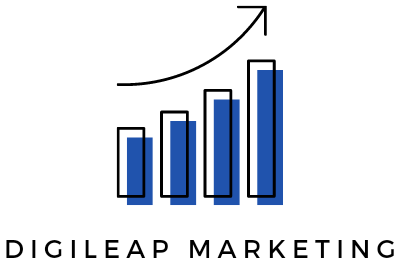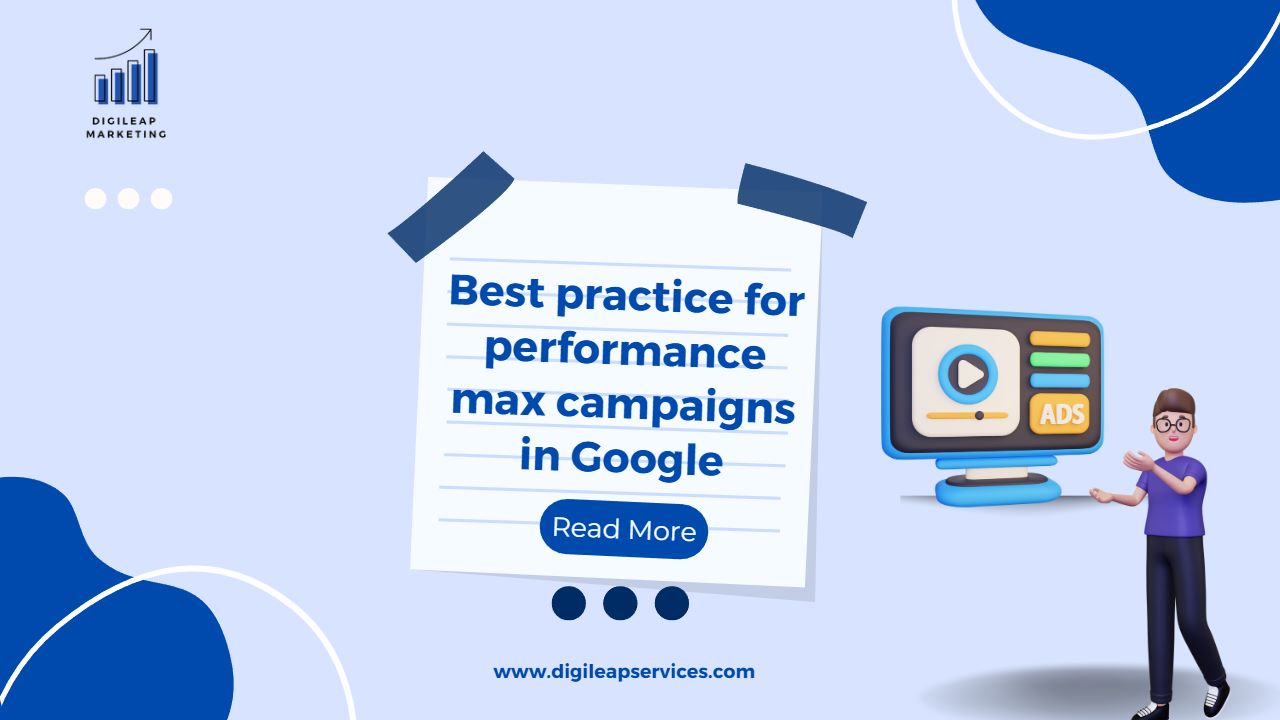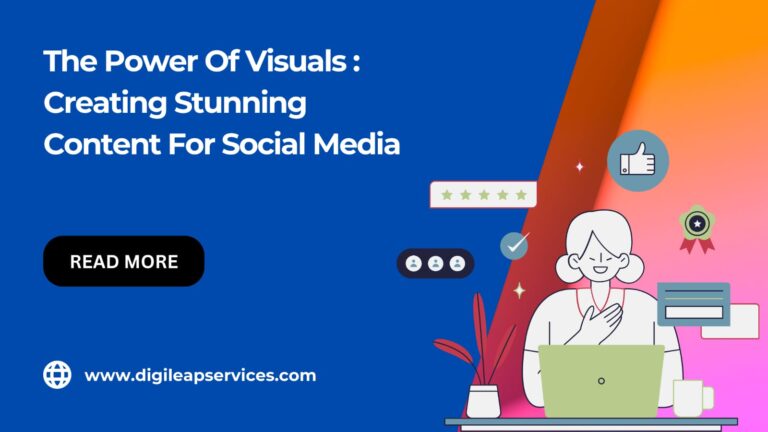Best Practice for Performance Max Campaigns in Google Ads
Performance marketing through Google Ads is a critical aspect of digital marketing that can significantly impact the success of a business. The primary objective of performance marketing is to generate leads, conversions, and sales while ensuring that the cost of acquiring a customer is kept as low as possible. In this article, we will discuss the best practices for maximizing performance in Google Ads campaigns.
Performance optimization is a crucial aspect of any advertising campaign, and Google Ads is no exception. Running a performance-maximized campaign on Google Ads requires a combination of various strategies, tactics, and tools. In this article, we will discuss best practices for maximizing the performance of your Google Ads campaigns and achieving your desired outcomes. From target audience selection and ad placement to bidding strategies and data analysis, we will cover everything you need to know to run a successful Google Ads campaign that drives results.
Best Practices for Performance Max
Google offers the following advice for beginning Performance Max campaigns:
I. Setting Objectives and Target Audience
The first step in creating a successful performance marketing campaign through Google Ads is to define your objectives and target audience. This will help you to focus your efforts and ensure that your campaign is aligned with your business goals.
Your objectives should be specific, measurable, and achievable. For example, you may want to increase website traffic by 20% or increase conversions by 30%. Understanding what you hope to achieve with your campaign will help you to create a more effective strategy and measure the success of your efforts.
Having a thorough grasp of your target audience is also crucial. This includes demographic information, such as age, gender, and location, as well as information on their interests, behaviors, and motivations. Knowing your target audience will help you in creating ads that are relevant and appealing to them, increasing the chances of a positive response.
II. Keyword Selection
Keyword selection is a crucial aspect of performance marketing through Google Ads. The keywords you choose will determine your ad’s relevance to the search queries of your target audience. It’s essential to choose relevant keywords for your products or services but also has high search volume and low competition.
The importance of relevant keywords cannot be overstated. If your keywords are irrelevant to your products or services, your ads will not come across to the right people, and you will waste money on irrelevant clicks. On the other hand, choosing keywords with high search volume and low competition can help you to reach your target audience while keeping your cost-per-click (CPC) as low as possible.
Google’s Keyword Planner is a useful tool that helps you to identify the right keywords for your campaign. It provides data on the search volume, competition, and cost-per-click (CPC) of keywords, allowing you to make informed decisions about which keywords to target.
III. Crafting Compelling Ad Copy
Creating compelling ad copy is critical to the success of your performance marketing campaign. Your ad copy should be clear, concise, and attention-grabbing, offering a compelling reason for your target audience to click on your ad.
Clear and concise ad copy is important because it makes it easier for your target audience to understand the benefits of your products or services. It should also be free of grammatical errors and typos, as these can damage your brand image and reduce the effectiveness of your ads.
It’s also essential to ensure that your ad copy is relevant to the keywords you are targeting and the product or service you are promoting. This will help you in increasing your ad’s relevance to your target audience and improve the chances of a positive response.
IV. Landing Page Optimization
The landing page is the first thing your target audience will see after clicking on your ad, so it’s crucial to make a good impression. Your landing page should be simple, visually appealing, and provide the information your target audience is looking for.
It is impossible to emphasize the value of making a positive first impression. If your landing page is cluttered, difficult to navigate, or lacks relevant information, your target audience is likely to leave your site and look for information elsewhere.
It’s also essential to optimize your landing page for conversions. This means including a clear call-to-action (CTA), such as “Sign up now” or “Buy now,” and designing the page in a way that makes it easy for your target audience to take the desired action. A user-friendly design, with clear headings and easy-to-read text, can also help to improve the chances of a successful conversion.
V. Bid Strategy Optimization
The bid you set for your ads is an important factor in determining their success. The sum you are ready to spend each time someone clicks on your advertisement is known as a bid. The right bid strategy can help you to reach your target audience while keeping your cost-per-click (CPC) as low as possible.
The role of bids in performance marketing is crucial. If you bid too high, you may end up paying more for clicks than you can generate in revenue. On the other hand, if you bid too low, your ads may not be shown as often, reducing their effectiveness.
Google offers several automated bidding strategies that can help you to optimize your bids for performance. For example, you can use target cost-per-action (CPA) bidding to set a target cost for each conversion or target return on ad spend (ROAS) bidding to set a target return on your advertising spend. These strategies can help you achieve your objectives while keeping costs under control.
VI. Continuous Monitoring and Refinement
Performance marketing is an ongoing process, and it’s essential to monitor and refine your campaign regularly to ensure its meeting your objectives. Regular analysis of your campaign data can help you to identify areas for improvement and make informed decisions about how to optimize your campaign for better results.
The importance of regular analysis cannot be overstated. By monitoring your campaign data, you can identify trends and patterns in your performance, and make informed decisions about how to optimize your campaign to achieve your objectives.
Google Ads Insights is a useful tool that can help you to monitor the performance of your campaign and make informed decisions about how to optimize it. This tool provides detailed data on your campaign performance, including information on clicks, conversions, and cost-per-click (CPC). By using this tool, you can make data-driven decisions about how to optimize your campaign for better results.
Conclusion
These best practices for maximizing performance in Google Ads campaigns will help you to achieve your marketing goals while keeping your cost-per-click (CPC) as low as possible. By defining your objectives and target audience, choosing the right keywords, creating compelling ad copy, optimizing your landing pages, and utilizing an effective bid strategy, you can ensure that your performance marketing campaign is successful. Regular monitoring and refinement will also allow you to continuously improve the performance of your campaign and maximize your return on investment (ROI).












